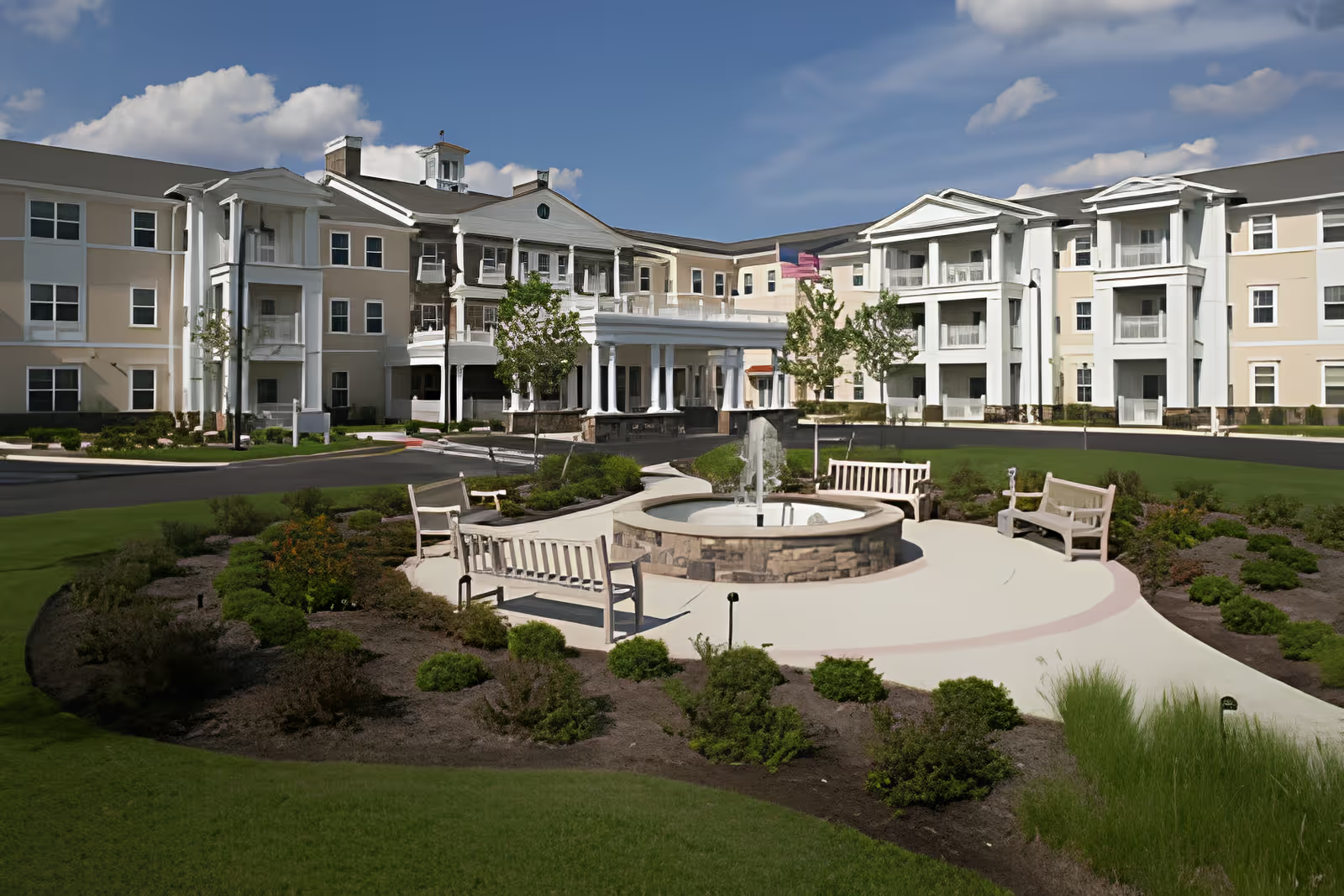Overall impression: Reviews for Mosholu Parkway Nursing & Rehab Center are highly mixed and strongly polarized. A substantial number of reviewers praise the staff—especially therapy teams—and describe successful rehabilitation outcomes, compassionate bedside care, and a close‑knit, family‑like culture. Conversely, an equally strong set of reviews raise serious concerns about safety, basic standards of care, facility maintenance, and administration responsiveness. The result is a facility where experiences appear to vary dramatically depending on unit, shift, or individual staff members.
Care quality and clinical concerns: Several reviewers describe excellent rehabilitation services (PT/OT), attentive nursing, and clear functional improvements that enabled residents to return home. These accounts cite knowledgeable therapists, good outcomes, and warm interpersonal care. However, other reviews report severe clinical lapses: alleged denial or delay of emergency care requiring 911/EMT involvement, residents contracting COVID while in residence, malnutrition, medication changes without explanation, oxygen lines not connected, and falls allegedly related to bed‑rail removal. There are even reports of permanent injury and death tied to perceived neglect. This juxtaposition suggests inconsistent clinical practices and variable adherence to protocols across staff and shifts.
Staff, leadership, and workplace culture: Many reviews praise individual staff members, describe a supportive workplace and leadership invested in employee well‑being, and note that staff ‘‘go above and beyond.’’ These positive comments include descriptions of a cohesive team, an encouraging atmosphere for employees, and staff who genuinely connect with long‑term residents. At the same time, multiple reviewers call out unprofessional or rude behavior—particularly from certain social workers, supervisors, and administrative personnel. Several accounts detail dismissive or hostile interactions when families raised concerns, and at least one review explicitly describes administration as unhelpful or adversarial. This split implies uneven management and possible inconsistency in training, oversight, or accountability.
Facilities, cleanliness and privacy: Facility condition is another divisive theme. Some reviewers find the building clean and safe, while others repeatedly report strong urine odors (including in elevators), stagnant air, broken visitor bathrooms, dirty toilets, and a generally outdated, overcrowded facility that needs updating. Room size and layout are criticized as small and cramped; several reviewers note a lack of private bathrooms and communal bathrooms without locks, creating privacy and dignity concerns. Maintenance issues—broken TVs, elevator problems, and prolonged bathroom outages—are cited alongside smell and air quality complaints, which collectively suggest that infrastructure and environmental hygiene are inconsistent.
Dining and daily living: Food quality is a frequently negative topic. Multiple reviewers use harsh descriptors—rotten‑smelling chicken, hard macaroni and cheese, and ‘‘slop’’—to describe meals. This contrasts with a smaller number of positive or neutral comments, but the negative accounts are specific and repeated enough to indicate a recurring problem in dining services. Complaints about hygiene, lack of basic bathroom privacy, and missing or delayed supplies also affect perceptions of daily living standards.
Communication, documentation, and family relations: Communication problems recur in many summaries. Families mention delays in getting documents, disputed proxy access and billing, poor phone interactions, and defensive responses from staff when concerns are raised. One review alleges unlawful proxy access denial. These administrative issues compound clinical and safety worries because they hinder families’ ability to monitor care and advocate for residents. Some reviewers, however, praise particular social workers and staff for being helpful and communicative, reinforcing the overall pattern of inconsistent performance.
Patterns and contributing factors: The reviews suggest variability rather than a uniform quality of care. Positive and negative experiences seem to coexist within the same facility, which can reflect differences between shifts, staffing levels, departments (for example, therapy vs. nursing), or time periods. Recurrent mentions of short‑staffing, maintenance problems, and inconsistent administration response could explain why some residents experience attentive, recovery‑focused care while others report neglect or harm. The presence of both glowing employee reviews and serious patient/family complaints points toward an environment where committed staff do meaningful work but structural, managerial, or resourcing issues undermine consistent quality.
Recommendations and cautionary observations: Based on the reviews, prospective residents and families should proceed with caution and perform targeted due diligence. Important checks include: touring the specific unit and observing cleanliness and odors firsthand; asking about staffing ratios and recent inspection reports; inquiring about medication protocols, emergency response procedures, and infection control practices; asking to see menus and sample meal service; confirming visitors’ access, privacy options in rooms/bathrooms, and visitor‑bathroom condition; and speaking with current residents’ families about recent experiences. Families already using the facility should monitor medication administration and nutrition closely, document any concerns, request timely records, and escalate to state surveyors or ombudsmen if safety risks or neglect are suspected.
Bottom line: Mosholu Parkway Nursing & Rehab Center elicits strong praise for its rehabilitation teams, compassionate staff members, and moments of genuine community and recovery. However, consistent and repeated reports of clinical lapses, sanitation and odor issues, food problems, privacy deficits, unresponsive administration, and disturbing safety incidents create significant red flags. The facility appears capable of providing very good care in some cases and poor care in others; this inconsistency is the core theme across reviews and should be the focus of any evaluation or decision about placement.







